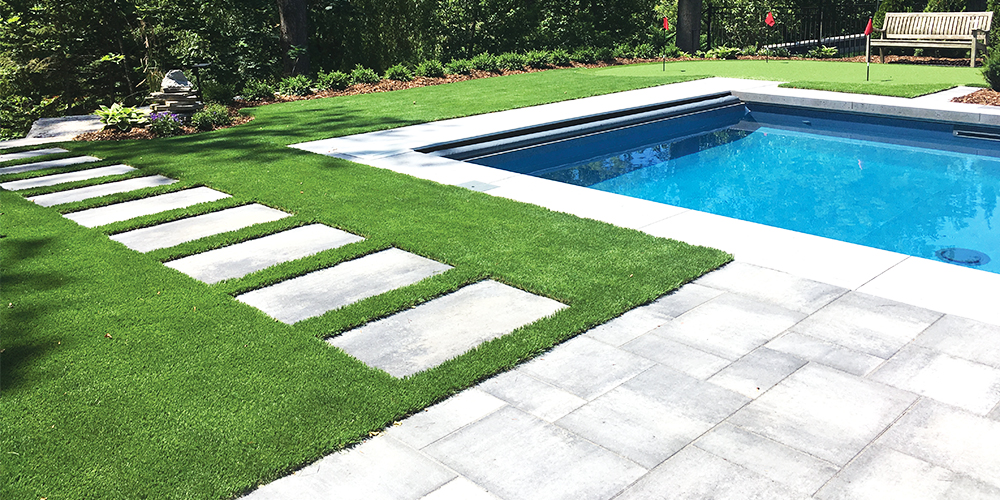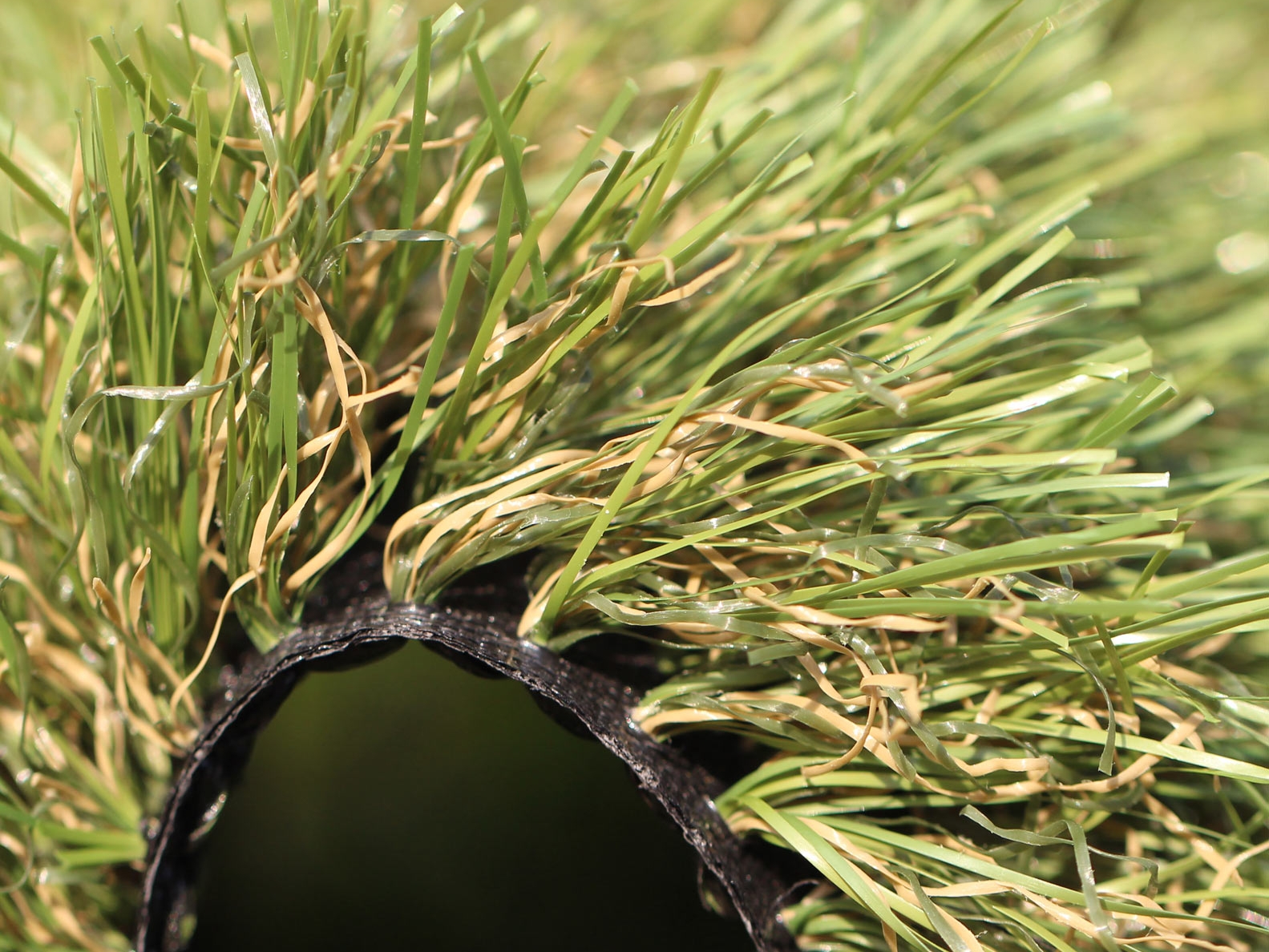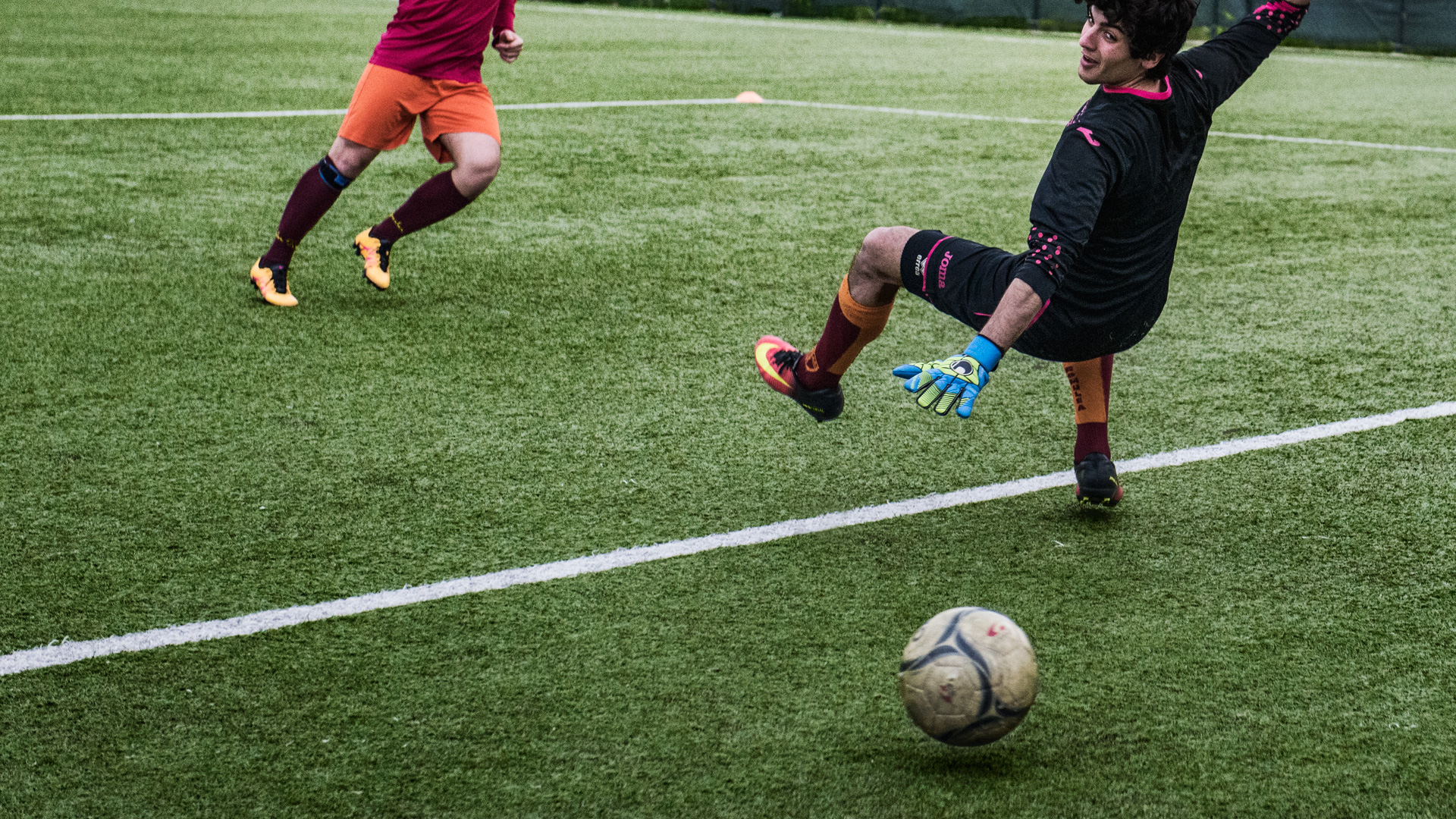Top Arizona Turf Providers Ensuring a Realistic Lawn Option
Top Arizona Turf Providers Ensuring a Realistic Lawn Option
Blog Article
See Why Homeowners Prefer Synthetic Grass for Lasting Landscape Design Practices
As home owners progressively focus on sustainability in landscaping, fabricated grass has actually emerged as a compelling choice to traditional lawn. What remains to be checked out is the complete scope of advantages that fabricated turf can use to homeowners and the atmosphere alike.
Water Preservation Perks
Among the most considerable benefits of artificial grass is its duty in water preservation. Traditional turf yards require significant amounts of water to maintain their rich look, usually leading to overuse of local water resources, particularly in dry areas. In comparison, artificial turf eliminates this demand totally, as it does not call for irrigation. This not only conserves water but likewise minimizes the stress on metropolitan water supply, particularly during dry spell problems.
Furthermore, the installation of synthetic grass can contribute to a more sustainable landscape. Homeowners can substantially decrease their water expenses, enabling for reallocation of resources to other environmental campaigns or house usages. Additionally, fabricated turf is developed to stand up to different climatic conditions without the demand for supplementary watering, making it a suitable selection for areas dealing with water scarcity.
The ecological advantages prolong beyond prompt water cost savings. By reducing water intake, synthetic grass helps to minimize the effects of climate adjustment, protecting crucial environments that are endangered by too much water removal. As sustainable landscape design practices obtain traction, synthetic grass becomes an accountable selection for house owners seeking to develop environment-friendly outdoor spaces.
Lowered Maintenance Initiatives
Synthetic grass considerably lowers maintenance initiatives contrasted to traditional grass lawns. With fabricated turf, home owners can eliminate the taxing tasks connected with natural landscape design, such as mowing, fertilizing, and weeding. This not just conserves important time yet also decreases physical labor, making yard treatment available for people of every ages.
Traditional lawns require frequent trimming to maintain an aesthetically pleasing height, whereas artificial turf remains consistently lush without the need for reducing. In addition, home owners no much longer require to apply pesticides or plant foods, which are often called for to maintain all-natural lawn healthy.
Additionally, synthetic grass is resilient and durable, calling for very little upkeep beyond periodic cleaning and washing to eliminate particles. This ease of upkeep allows homeowners to enjoy their exterior rooms without the continuous worry of maintenance, supplying more time for leisure and family members tasks. Eventually, the reduced upkeep efforts associated with synthetic grass make it an attractive alternative for those looking for a low-maintenance, visually appealing landscape.

Environmental Effect Decrease
There is an expanding recognition of the environmental benefits related to fabricated turf, particularly in terms of water conservation and minimized chemical use. Traditional yards call for significant amounts of water, especially in drought-prone regions, resulting in boosted stress on regional water sources. On the other hand, synthetic grass removes the demand for watering, significantly decreasing water consumption and promoting sustainability.
Additionally, standard lawn maintenance frequently involves the application of herbicides, pesticides, and try this fertilizers, which can add to dirt and water contamination. Man-made turf mitigates this environmental danger by needing very little upkeep and basically removing the requirement for damaging chemicals. This not only boosts soil wellness however also protects neighborhood communities from toxic drainage.
Moreover, the manufacturing of all-natural turf yards normally includes making use of fossil gas for cutting and landscape design devices, more adding to greenhouse gas emissions. By picking synthetic lawn, house owners can considerably decrease their carbon footprint related to lawn treatment activities.
Visual Appeal and Convenience
In enhancement to its environmental advantages, synthetic grass provides substantial visual charm and convenience for landscaping. Home owners can learn this here now accomplish a lavish, eco-friendly appearance year-round, getting rid of the seasonal changes typically connected with all-natural turf. This regular visual not only enhances the visual charm of a property however likewise adds to a sleek and properly maintained look.
Furthermore, synthetic grass is readily available in a selection of textures, designs, and shades, permitting modification to fit private preferences and style themes - Arizona artificial turf. Whether made use of in property yards, industrial spaces, or recreational locations, it go right here can flawlessly incorporate into diverse landscaping layouts, from modern-day minimal to lavish exotic settings
The flexibility of synthetic grass expands past mere look; it can be mounted in different locations, including roofs, outdoor patios, and even interior areas, creating opportunities for one-of-a-kind landscape design services. In addition, it appropriates for a variety of tasks, from kids's play areas to pet-friendly settings, supplying functionality without endangering style.
Ultimately, the visual allure and adaptability of synthetic grass make it an appealing alternative for house owners seeking lasting landscaping options that do not sacrifice elegance for ecological obligation.

Long-Term Price Savings
One of the most engaging benefits of artificial grass is its capacity for long-lasting expense savings. Unlike natural turf, which needs routine maintenance-- including mowing, watering, feeding, and bug control-- synthetic grass dramatically lowers these recurring costs. House owners can save a substantial amount on water costs, specifically in areas where water deficiency is a pressing concern. The removal of yard care services better adds to monetary savings, as there is no requirement for specialized equipment or labor.
Additionally, synthetic grass has a lifespan of 15 to 25 years, depending upon its quality and use. This toughness reduces substitute expenses, making it a more affordable option in the long run. In addition, the preliminary financial investment in synthetic grass can commonly be recouped via the savings accumulated over time.
While the upfront expense might seem greater contrasted to sod setup, the collective savings from minimized upkeep and water usage typically surpass these initial expenditures. Inevitably, the fostering of synthetic grass not just advertises a sustainable landscaping remedy but also uses home owners a financially smart choice that straightens with lasting budgeting goals.
Conclusion
Man-made lawn emerges as a compelling option for lasting landscape design, providing significant advantages in water preservation, minimized maintenance initiatives, and reduced ecological effect. As communities increasingly focus on ecologically friendly techniques, the adoption of artificial lawn stands for a progressive action towards achieving resilient and lasting landscapes.
Furthermore, artificial lawn is developed to withstand numerous climatic problems without the requirement for supplemental watering, making it an ideal option for regions encountering water scarcity. (Arizona turf)

Man-made grass emerges as an engaging alternative for sustainable landscaping, supplying substantial advantages in water conservation, lowered upkeep efforts, and diminished ecological effect.
Report this page